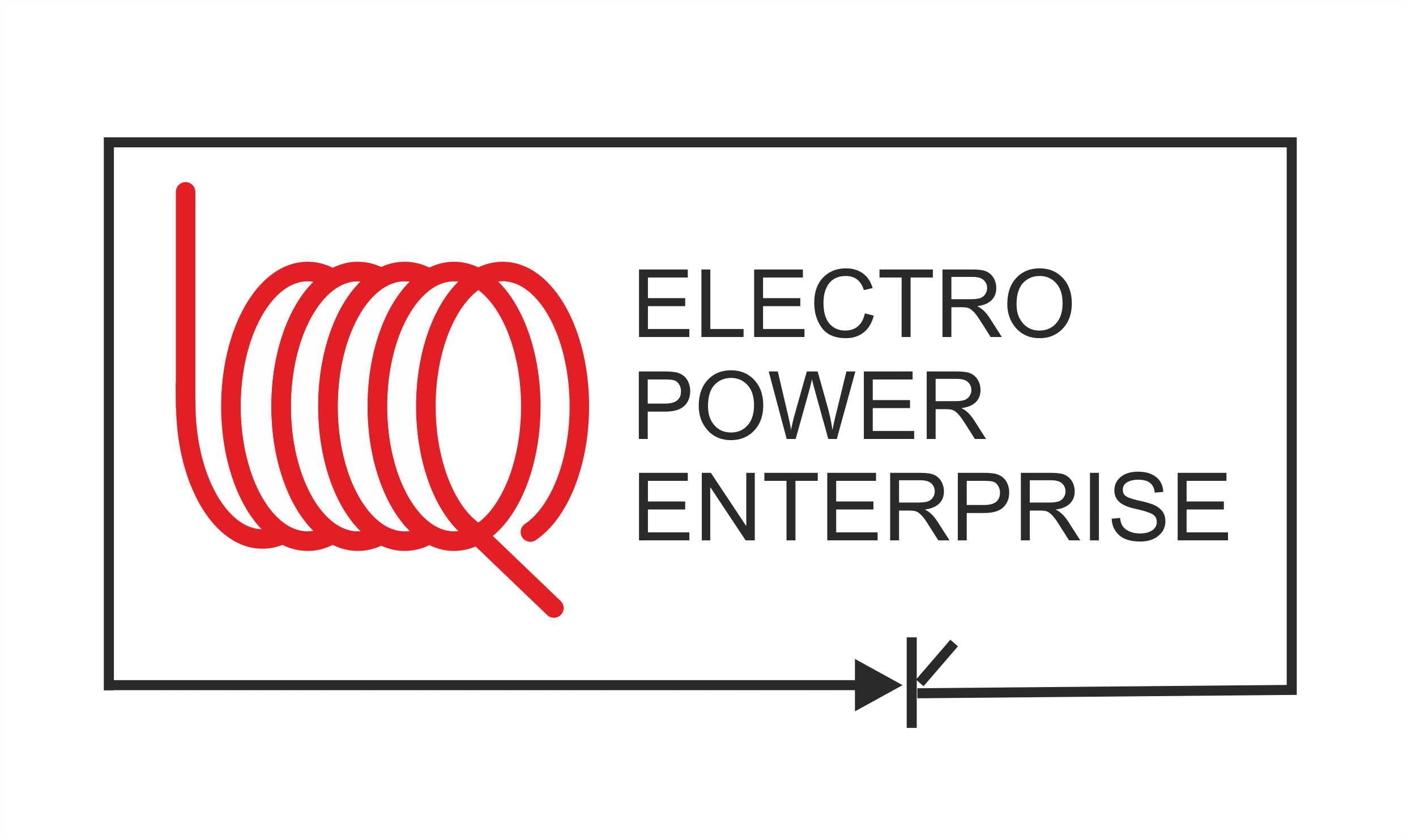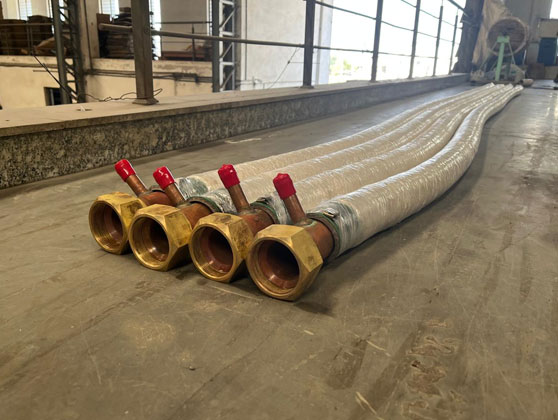Why Water-Cooled Cables are Critical for Your Induction Furnace
In the powerful world of induction melting, where extreme temperatures and high currents are the norm, every component plays a vital role. While the induction coil and the power supply often grab the spotlight, there’s a less visible but equally critical player that ensures the entire system operates safely and efficiently: the water-cooled cable.
You might think of a cable as just a conductor, but in an induction furnace, it’s far more than that. These aren’t your average electrical wires; they are specifically engineered to withstand and transport immense power while simultaneously dissipating the heat generated in the process.
Why Water-Cooling? The Heat Challenge
Let’s understand the fundamental problem:
- High Currents: Induction furnaces operate with very high currents (hundreds to thousands of amps) to generate the powerful magnetic fields needed for melting.
- Resistive Heating (I²R Losses): Anytime current flows through a conductor, some energy is lost as heat due to the conductor’s electrical resistance. This is known as Joule heating or I²R losses (Current squared multiplied by Resistance). With such high currents, even a small resistance leads to significant heat generation.
- Proximity Effect and Skin Effect: At the high frequencies used in induction heating, current tends to flow more on the surface of the conductor (skin effect) and can be concentrated in areas where conductors are close to each other (proximity effect). Both phenomena increase the effective resistance and, consequently, the heat generated.
Without an effective cooling mechanism, these cables would quickly overheat, leading to:
- Insulation Breakdown: The protective insulation around the conductors would degrade, leading to short circuits and electrical hazards.
- Component Damage: Overheated cables can damage connections, power supply terminals, and even the furnace coil itself.
- Energy Loss: Heat is wasted energy, reducing the overall efficiency of the melting process.
- Safety Risks: Fire hazards and potential for electrocution if insulation fails.
This is where water-cooling becomes indispensable.
Anatomy of a Water-Cooled Cable
Unlike a standard insulated wire, a water-cooled cable for an induction furnace is a marvel of engineering. While designs can vary, they typically feature:
- High-Conductivity Conductors: Multiple strands of finely stranded, high-purity copper wires are used to maximize electrical conductivity and flexibility.
- Internal Water Channels: Integrated within or alongside the copper conductors are one or more flexible hoses or passages through which cooling water circulates. This is the heart of the cooling system.
- Robust Insulation: Layers of high-temperature, flexible, and electrically resistant insulation protect the conductors and prevent current leakage. Common materials include special rubber compounds, silicone, or other synthetic polymers designed for demanding environments.
- Durable Outer Jacket: An abrasion-resistant and often flame-retardant outer sheath protects the cable from mechanical damage, chemicals, and the harsh foundry environment.
- Specialized Terminations: The ends of these cables are fitted with robust, water-tight terminals designed to connect securely to the power supply and the furnace coil, ensuring both electrical contact and water flow.
Where You’ll Find Them: Key Applications
Water-cooled cables are vital in several areas of an induction furnace system:
- Power Supply to Furnace Coil: These are the primary cables carrying the high-frequency, high-current power from the output of the power supply to the induction coil itself. This is often the most demanding application for these cables.
- Busbar Connections: In larger installations, water-cooled cables might be used to connect busbars or other high-current distribution points.
- Coil Connections: Sometimes, within the furnace coil assembly, smaller water-cooled jumpers are used to connect different sections of the coil.
Maintaining Your Lifeblood: Importance of Care
Given their critical role, proper care and maintenance of water-cooled cables are paramount:
- Inspect Regularly: Check for signs of wear, abrasion, cuts, bulges, or leaks in the outer jacket and at the terminals.
- Ensure Adequate Water Flow: Monitor the cooling water pressure and flow rate. Blockages or insufficient flow can lead to rapid overheating. Use clean, treated water to prevent scaling or corrosion in the internal channels.
- Prevent Kinking: Avoid sharp bends or kinks in the cable, which can restrict water flow or damage conductors.
- Secure Properly: Ensure cables are properly supported and routed to prevent stress on connections and damage from moving equipment or hot metal splashes.
- Check Terminations: Periodically inspect terminal connections for tightness and signs of overheating (discoloration).
The Unseen Guardian
Next time you see an induction furnace efficiently melting metal, take a moment to appreciate the unsung heroes working behind the scenes. The water-cooled cables are silently, yet powerfully, enabling the transfer of massive electrical energy while simultaneously battling the intense heat it generates. Their robust design and proper maintenance are truly fundamental to the safety, efficiency, and longevity of the entire induction melting operation.

Rajesh Baraiya, Founder of Electro Power Enterprise, is passionate about making induction furnaces run more efficiently and last longer. Backed by three decades of hands-on experience, He provides practical insights into Induction furnace spare parts, enabling industries to achieve higher efficiency and longer furnace life.

